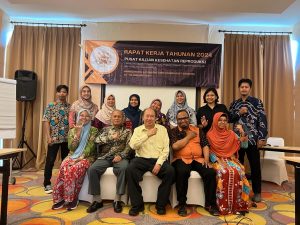At least 10,000 women die of childbirth related causes every year in Indonesia. The most recent estimate of MMR is 228 maternal deaths per 100.000 live births. In the five years prior to the 2007 Indonesian Demographic Health Survey (IDHS) reported 46% of mothers delivered in a facility and 73% of deliveries were attended by health personnel (doctor, nurse, or midwife). Approximately 7% of women underwent caesarean section between 2003 and 2007. Inequities of access in the utilization of facilities for birth delivery are noted between the poorest and the wealthiest (World Bank, 2011).
Maternal health initiatives have been a policy priority in Indonesia as is evident from strategic documents of MoH and Bappenas since the 1980s (World Bank, 2011). A main focus of these policies is the placement of midwives in each village with the objective to provide antenatal care and child birth delivery assistance. Reviews of the village midwife programme show mixed results: the proportion of births assisted by skilled attendants has increased significantly but maternal death has not declined significantly. Explanations for the weak performance on maternal death
reduction are multiple and include poor communication and referral chain, weak capacity of midwives in emergency situations, continued high level of utilization of traditional birth attendants for deliveries among others. One conclusion regarding the performance of the village midwife programme is that placing midwives in villages is successful in improving skilled attendance but insufficient to reduce maternal mortality (World Bank, 2011).
Read More …
- June 21, 2017
Laporan Baseline Survey Jawa Barat
- adhi.akto
- Uncategorized
Similar Blogs
Center for Reproductive Health’s 2024 Annual Meeting Marks Advances in Research and Collaboration
•
January 29, 2024
Bandung, January 16-19, 2024 – The annual …
Workshop Data Management
•
January 11, 2024
Introduction Most biostatistical courses teach you how …



